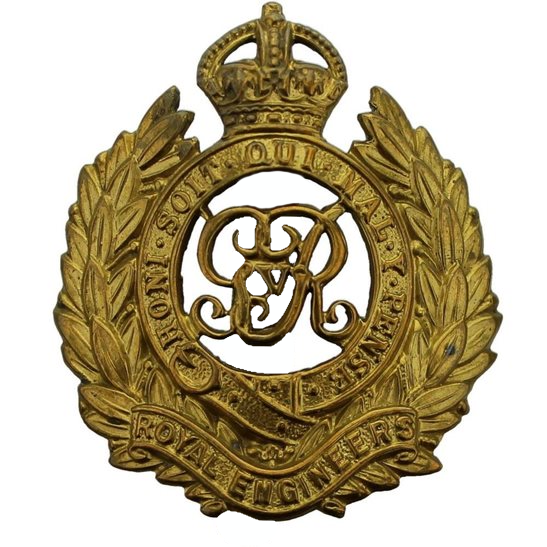Personal Details
Born: 24 September 1896 in Ince, Cheshire and baptised 28 October 1896 in Ince Parish Church.
Family: He was the youngest of four children born to Edwin Houghton, a stud groom, and his wife Emily. No marriage can be traced for Edmund.
Residence: In 1901 the family lived at Hill Farm, Ince and in 1911 the family had moved to 30 Brook Lane, Chester, Cheshire. His military papers show his address as Hinton Hall, Whitchurch, Shropshire. In 1939 Edmund was living at Whitegates Farm, Cross Hill, Tarvin, Cheshire. At the time of his death he was residing at The Bungalow, Edge, near Malpas, Cheshire.
Employment: In 1911 and 1939 he was a clerk with London and North Western Railway Co.
Died: 8 July 1981 in Cheshire, aged 84 and was cremated in Cheshire on 14 July the same year.
Military Details
Regiment: Royal Engineers
Rank: Sapper
Service Number: WR/261771 (previously 210388)
Date of Enlistment: 29 November 1916
Date of Discharge: 20 October 1919
Reason for Discharge: Demobilisation
Other information: His brother Thomas Edwin also served in WW1.
Edmund was awarded the Campaign Medals (British War medal and Victory medal)

The British War Medal (also known as 'Squeak') was a silver or bronze medal awarded to officers and men of the British and Imperial Forces who either entered a theatre of war or entered service overseas between 5th August 1914 and 11th November 1918 inclusive. This was later extended to services in Russia, Siberia and some other areas in 1919 and 1920. Approximately 6.5 million British War Medals were issued. Approximately 6.4 million of these were the silver versions of this medal. Around 110,000 of a bronze version were issued mainly to Chinese, Maltese and Indian Labour Corps. The front (obv or obverse) of the medal depicts the head of George V. The recipient's service number, rank, name and unit was impressed on the rim.
The Allied Victory Medal (also known as 'Wilfred') was issued by each of the allies. It was decided that each of the allies should each issue their own bronze victory medal with a similar design, similar equivalent wording and identical ribbon. The British medal was designed by W. McMillan. The front depicts a winged classical figure representing victory. Approximately 5.7 million victory medals were issued. Interestingly, eligibility for this medal was more restrictive and not everyone who received the British War Medal ('Squeak') also received the Victory Medal ('Wilfred'). However, in general, all recipients of 'Wilfred' also received 'Squeak' and all recipients of The 1914 Star or The 1914/1915 Star (also known as 'Pip') also received both 'Squeak' and 'Wilfred'. The recipient's service number, rank, name and unit was impressed on the rim.

